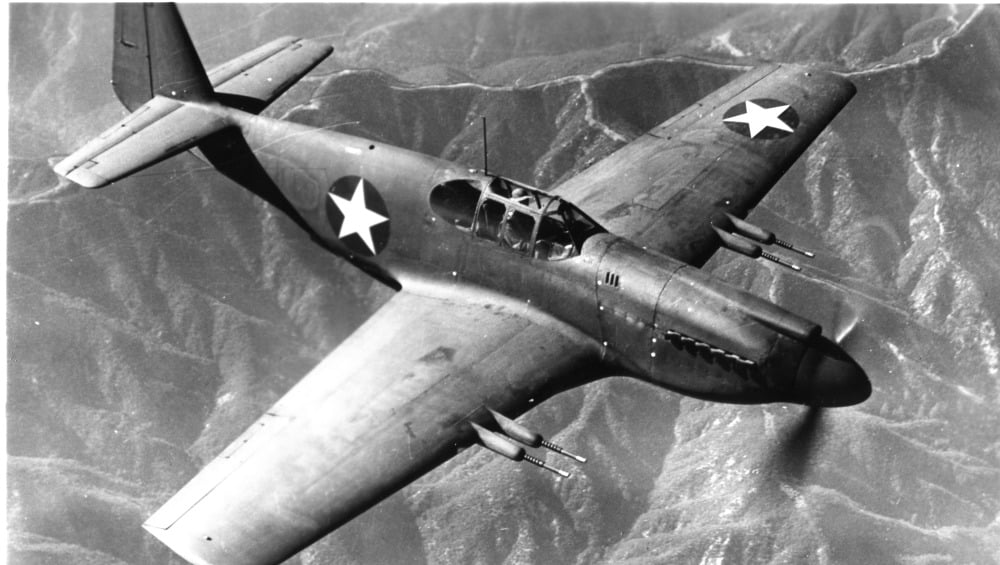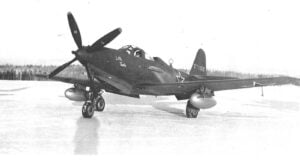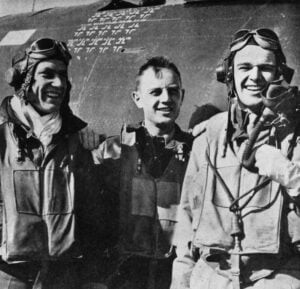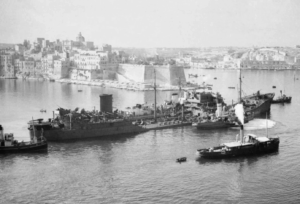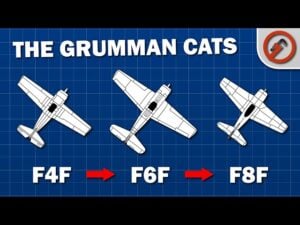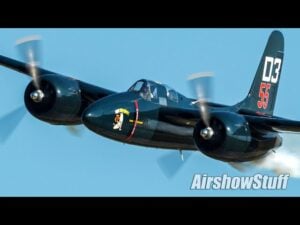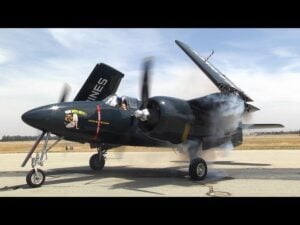Why Japan Struggled to Take Down These 5 WWII Fighter Planes
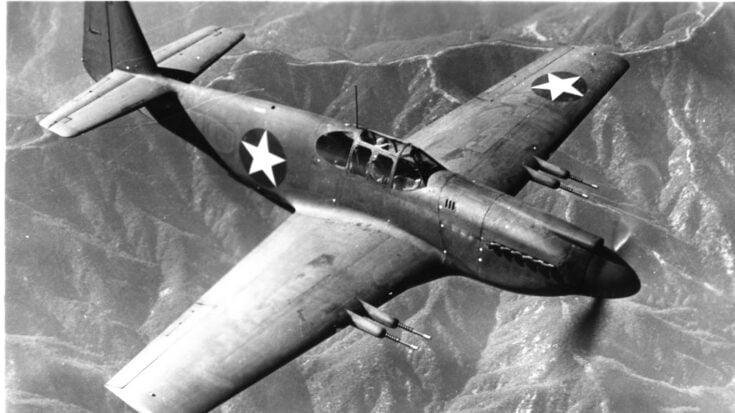
YouTube / Military History Stories
The Rise of American Fighters
When Japan struck Pearl Harbor in December 1941, its Zero fighter dominated the skies. For months, Allied pilots faced an opponent that was light, agile, and flown by skilled aviators. Yet as the war continued, American factories produced fighters that changed the balance. These new machines carried more power, more protection, and were flown by pilots who quickly adapted to the realities of air combat. Over time, Japanese airmen found themselves facing opponents that could outlast them in speed, range, and survivability.
Among the many aircraft built during the war, five fighters stood out as symbols of Allied resilience. Each one presented challenges that Japanese pilots could not fully overcome, and their records show why they became legends of aviation history.
The Grumman F6F Hellcat
Introduced in 1943, the Hellcat was built to counter the Zero directly. Powered by a 2,000-horsepower Pratt & Whitney engine, it could climb higher, dive faster, and withstand punishment that destroyed lighter aircraft. Its thick armor allowed American pilots to return home even after taking severe damage, something Japanese fighters rarely managed.
The results were devastating. During the Battle of the Philippine Sea in June 1944, remembered as the “Great Marianas Turkey Shoot,” Hellcats shot down more than 400 Japanese aircraft while losing fewer than 30. Commander David McCampbell, flying his Hellcat “Minsi III,” downed nine enemy planes in a single mission, a record that stands to this day. For Japanese aviators, the sight of the Hellcat’s bent wings was often a warning that survival was unlikely.
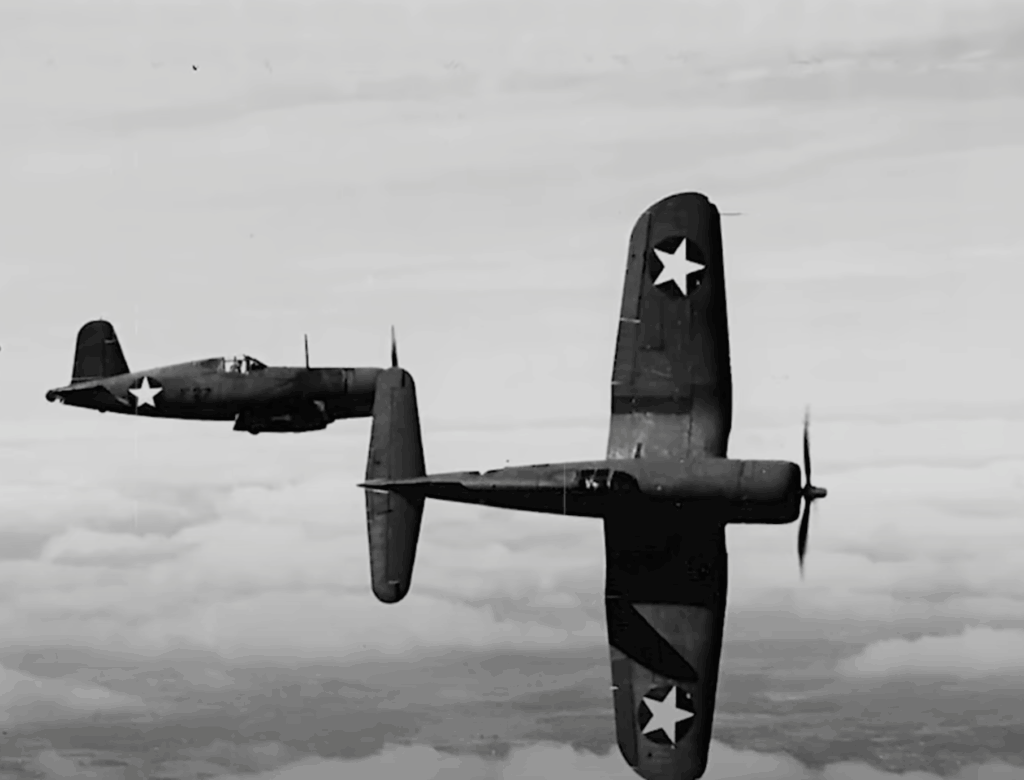
The Lockheed P-38 Lightning
With its twin booms and twin engines, the P-38 Lightning was instantly recognizable. It offered range unmatched by most fighters of the era, allowing deep strikes into Japanese-held territory. Even when one engine was damaged, the aircraft could continue flying and fighting, giving it an edge over single-engine opponents.
The Lightning’s most famous mission came in April 1943, when American pilots intercepted the transport of Admiral Isoroku Yamamoto, the architect of the Pearl Harbor attack. Flying low over the ocean for hundreds of miles, P-38s brought him down in one of the war’s most precise aerial operations. Japanese pilots gave the P-38 the nickname “fork-tailed devil,” a reflection of the fear it inspired. Its concentrated nose armament of cannons and machine guns made it deadly at long range, especially at altitudes where Japanese aircraft struggled to fight.
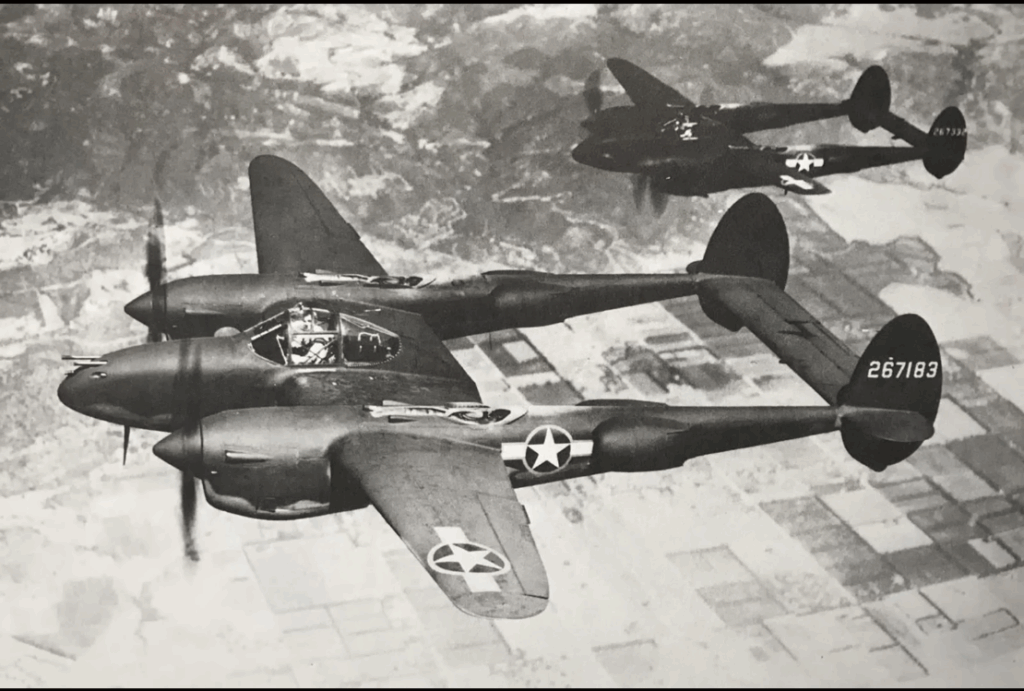
The Vought F4U Corsair
The Corsair entered combat in 1943 with a design that stood out: inverted gull wings and a powerful 2,000-horsepower engine. Capable of speeds above 400 mph, it outperformed Japanese fighters in almost every category. Instead of engaging in tight turning battles, Corsair pilots used speed and firepower to dictate fights on their own terms.
Marine ace Gregory “Pappy” Boyington and his Black Sheep Squadron became legends flying Corsairs in the Pacific. Their squadron claimed more than 200 Japanese aircraft destroyed, proving the Corsair’s worth as both a naval and land-based fighter. Japanese aviators quickly realized that the Corsair’s six heavy machine guns could rip through their lighter aircraft in seconds, leaving them little chance once caught in its sights.
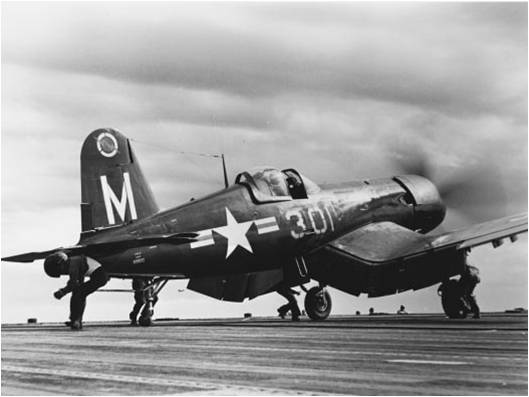
The Republic P-47 Thunderbolt
Nicknamed the “Jug,” the P-47 Thunderbolt was one of the heaviest fighters of the war. At more than eight tons, it carried both enormous firepower and rugged protection. Its eight .50 caliber machine guns could unleash devastating bursts, while its thick armor gave pilots a level of security few others enjoyed.
Though initially used in Europe, Thunderbolts later appeared in the Pacific, where their durability shocked Japanese pilots. Even after taking severe hits, they could dive at over 400 mph and return to base. When equipped with drop tanks, the Thunderbolt’s range expanded, allowing it to strike deep into enemy airspace. For Japanese crews, the “storm of steel” from its guns meant that once a Thunderbolt opened fire, escape was nearly impossible.

The North American P-51 Mustang
Perhaps the most famous Allied fighter of the war, the P-51 Mustang entered the Pacific later in 1944. Its Packard-built Merlin engine gave it the speed and range to escort bombers deep into enemy territory and still duel Japanese interceptors. For the first time, American bombers had continuous fighter protection over long distances.
The Mustang balanced endurance, firepower, and agility in a way unmatched by most fighters of the war. Pilots like George Preddy, who achieved 26 kills in his P-51 “Cripes A’Mighty,” showed just how effective it could be. For Japanese airmen, it was daunting to face an opponent that seemed able to chase them across hundreds of miles without running out of fuel or ammunition. By war’s end, the Mustang had become a symbol of Allied control in the skies.
